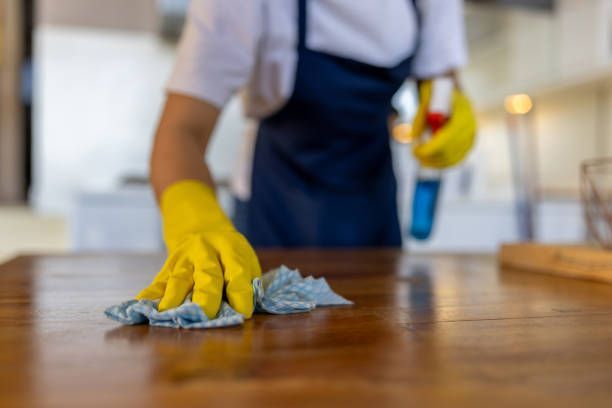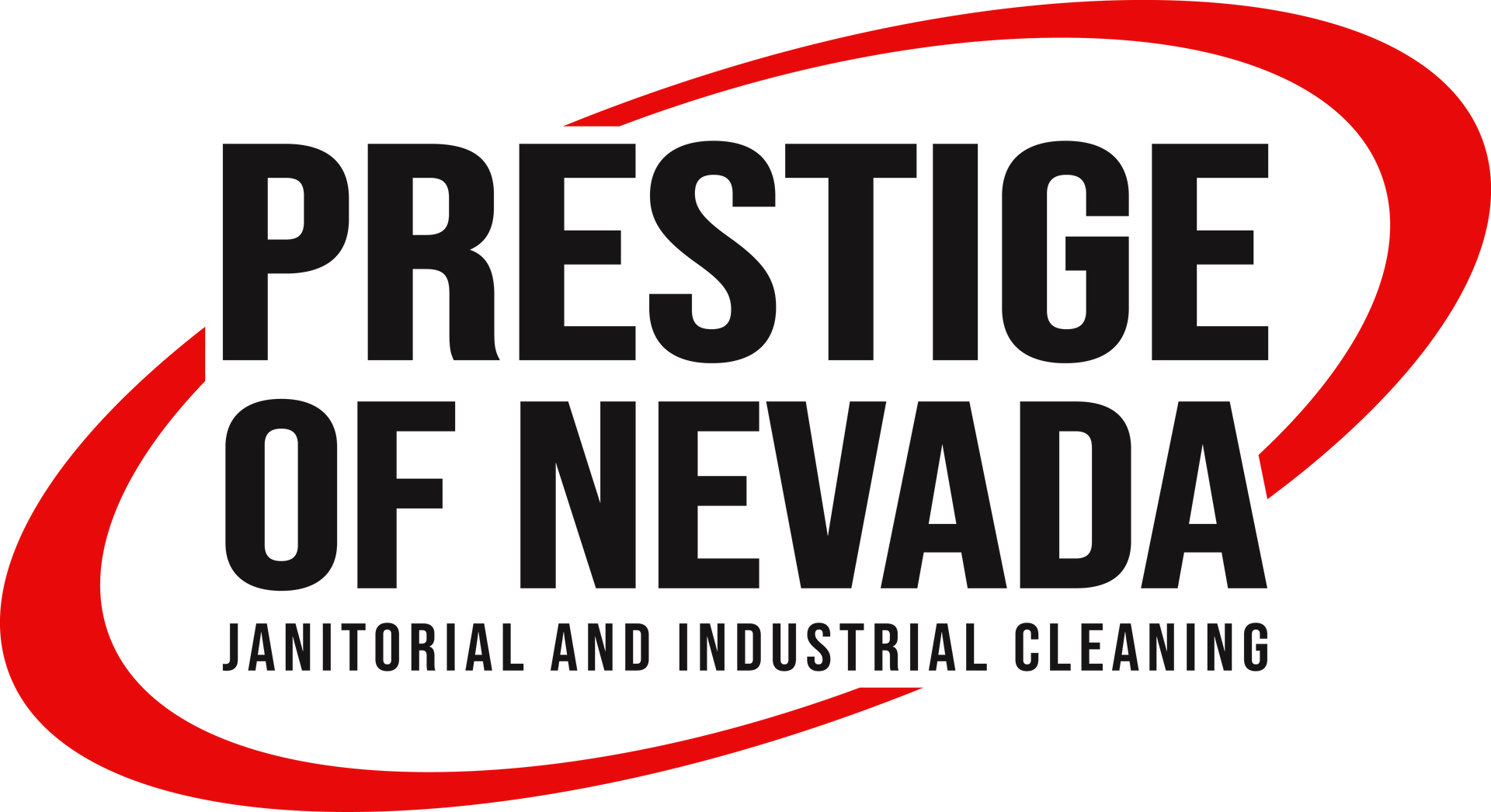Commercial Cleanup for High-Traffic Areas
Strategies for Effective Cleaning

High-traffic areas in commercial spaces, such as lobbies, hallways, and entrances, are subject to heavy foot traffic and can quickly accumulate dirt, debris, and grime. Effective cleaning of these areas is essential not only for maintaining a clean and welcoming environment but also for ensuring the health and safety of employees, customers, and visitors.
Understanding High-Traffic Areas
High-traffic areas are spaces within commercial buildings that experience a significant volume of foot traffic on a daily basis. These areas are prone to rapid soiling and wear due to the constant movement of people, leading to the accumulation of dirt, dust, moisture, and other contaminants. Common high-traffic areas include entryways, corridors, elevators, staircases, and common areas such as break rooms and restrooms. Proper cleaning and maintenance by our professional cleaners are essential for preserving the appearance and integrity of the building and ensuring a positive experience for occupants and visitors.
Strategies for Effective Cleaning
- Develop a Cleaning Schedule: Establish a regular cleaning schedule that addresses the specific needs of high-traffic areas. High-traffic areas may require more frequent cleaning than other areas of the building, depending on factors such as the type of flooring, level of foot traffic, and environmental conditions. A consistent cleaning schedule helps prevent the buildup of dirt and grime and ensures that high-traffic areas remain clean and presentable at all times.
- Use the Right Equipment and Products: Selecting the appropriate cleaning equipment and products is crucial for effectively cleaning high-traffic areas. Use commercial-grade vacuum cleaners, carpet extractors, and floor scrubbers designed to handle heavy use and remove embedded dirt and stains. Choose cleaning products that are specifically formulated for the surfaces and materials in high-traffic areas, such as hard surface cleaners, carpet shampoos, and disinfectants.
- Focus on Prevention: Implement preventive measures to minimize the accumulation of dirt and debris in high-traffic areas. Place entrance mats or rugs at doorways to trap dirt and moisture from shoes before they enter the building. Install protective measures such as corner guards, kick plates, and floor mats to prevent damage to walls, doors, and floors in high-traffic areas.
- Address Spills and Stains Promptly: Act quickly to clean up spills and stains in high-traffic areas to prevent them from becoming permanent or causing slip and fall hazards. Provide employees with access to spill kits and cleaning supplies and train them on proper spill response procedures. Encourage reporting of spills and accidents to ensure timely cleanup and prevent accidents or injuries.
- Implement Regular Maintenance: In addition to routine cleaning, high-traffic areas may require periodic maintenance to address wear and tear and prolong the life of flooring and surfaces. Schedule regular inspections to identify any signs of damage or deterioration and address them promptly. Perform maintenance tasks such as carpet spot cleaning, tile and grout restoration, and floor polishing as needed to keep high-traffic areas looking their best.
Promote Good Hygiene Practices
Encourage employees, customers, and visitors to practice good hygiene habits in high-traffic areas to minimize the spread of germs and bacteria. Provide hand sanitizing stations, tissue dispensers, and trash receptacles in convenient locations and promote proper handwashing and respiratory etiquette through signage and communication. Regularly clean and disinfect commonly touched surfaces such as doorknobs, handrails, and elevator buttons to reduce the risk of illness transmission.
Factors That Businesses Should Consider When Developing A Cleaning Schedule For High-Traffic Areas
When developing a commercial cleaning schedule for high-traffic areas in commercial spaces, businesses should consider several key factors to ensure effective and efficient cleaning practices.
- Frequency of Use: The first factor to consider is the frequency of use of the high-traffic area. Areas that experience heavy foot traffic throughout the day, such as lobbies, corridors, and entrances, may require more frequent cleaning compared to areas with lighter foot traffic.
- Type of Flooring: Different types of flooring require different cleaning methods and frequencies. For example, carpeted areas may need more frequent vacuuming to remove dirt and debris, while hard surface floors may require mopping and disinfecting to maintain cleanliness.
- Environmental Conditions: Environmental factors such as weather conditions, humidity levels, and outdoor pollutants can impact the cleanliness of high-traffic areas. Businesses operating in areas with high levels of dust, pollen, or pollutants may need to adjust their cleaning schedule accordingly to address these factors.
- Peak Hours of Operation: Businesses should consider the peak hours of operation when scheduling cleaning activities for high-traffic areas. Cleaning during off-peak hours, such as early morning or late evening, can minimize disruption to employees, customers, and visitors while ensuring thorough cleaning of the area.
- Special Events or Activities: Businesses should also take into account any special events, activities, or functions that may impact the cleanliness of high-traffic areas. For example, if a conference or event is scheduled in a particular area, additional cleaning may be necessary before and after the event to ensure the space is clean and presentable.
- Budget and Resources: Finally, businesses should consider their budget and available resources when developing a cleaning schedule for high-traffic areas. Allocating sufficient time, manpower, and cleaning supplies is essential for maintaining cleanliness and hygiene standards while staying within budget constraints.
By taking these factors into account, businesses can develop a cleaning schedule that effectively addresses the unique needs of high-traffic areas while ensuring a clean, safe, and welcoming environment for employees, customers, and visitors.
Effective
commercial cleanup in high-traffic areas is essential for maintaining a clean, safe, and inviting environment for occupants and visitors. By developing a cleaning schedule, using the right equipment and products, focusing on prevention, addressing spills and stains promptly, implementing regular maintenance, and promoting good hygiene practices, businesses can ensure that high-traffic areas remain clean, sanitary, and presentable at all times. Investing in effective cleaning strategies for high-traffic areas not only enhances the overall appearance and cleanliness of commercial spaces but also contributes to the health, safety, and satisfaction of occupants and visitors.
Contact us today
to learn more about our commercial cleaning services and how we can help you maintain a pristine environment.


